Every gardener has that special moment when they find a unique plant. For me, it was the euphorbia plant. It’s like discovering a hidden treasure in the botanical world.
With over 2,000 species, these plants are more than just pretty. They add resilience and intrigue to any garden.
Imagine a plant that grows well in many climates, from 3 to 10. The euphorbia stands tall, between 1 and 3 feet. It’s not just another plant—it’s a drought-resistant wonder that makes outdoor spaces look exotic.
This guide is for both seasoned gardeners and curious beginners. We’ll cover their unique traits and growing tips. You’ll learn how to create a stunning landscape with little effort.
Get ready to be amazed by euphorbias. This plant family will change your gardening game.
Table of Contents
Introduction to Euphorbia: Understanding the Plant
The spurge family gives gardeners a wide range of plants to choose from. Euphorbia is one of the most interesting and versatile plant groups. It has thousands of species with unique features.
What is Euphorbia?
Euphorbia is a huge group with over 2,100 types of flowering plants. These plants can be small ground covers or big shrubs and trees. Almost all are succulents, showing how well they adapt to different places.
Popular Varieties of Euphorbia
- Euphorbia x martini ‘Ascot Rainbow’: Colorful variety with multicolored foliage
- Euphorbia myrsinites: Attractive ground-covering succulent
- Euphorbia characias subsp. wulfenii: Dramatic species with bluish foliage
The Lifecycle of Euphorbia Plants
Euphorbia plants have different life cycles. Some grow for a year, while others live longer or grow into shrubs. They spread by underground roots, making beautiful mats.
| Variety | Height | Hardiness Zone | Unique Characteristics |
|---|---|---|---|
| Marty Baldwin | 18 inches | 10-11 | Compact growth |
| Edward Golich | 36 inches | 9-11 | Larger architectural form |
| Euphorbia polychroma | 12-15 inches | 4-8 | Golden-yellow flowers |
“Euphorbia plants are nature’s sculptural masterpieces, offering gardeners both beauty and resilience.” – Garden Design Expert
To care for euphorbia, you need to know their special needs. They do well in soil that drains well, need 6-8 hours of sunlight, and can handle drought. Whether you’re new to gardening or have experience, euphorbia can make your garden look amazing.
Benefits of Growing Euphorbia in Your Garden
Choosing the right ornamental euphorbia can make your garden a low-maintenance, beautiful spot. These plants offer both practical benefits and stunning looks. They are perfect for both new and seasoned gardeners.
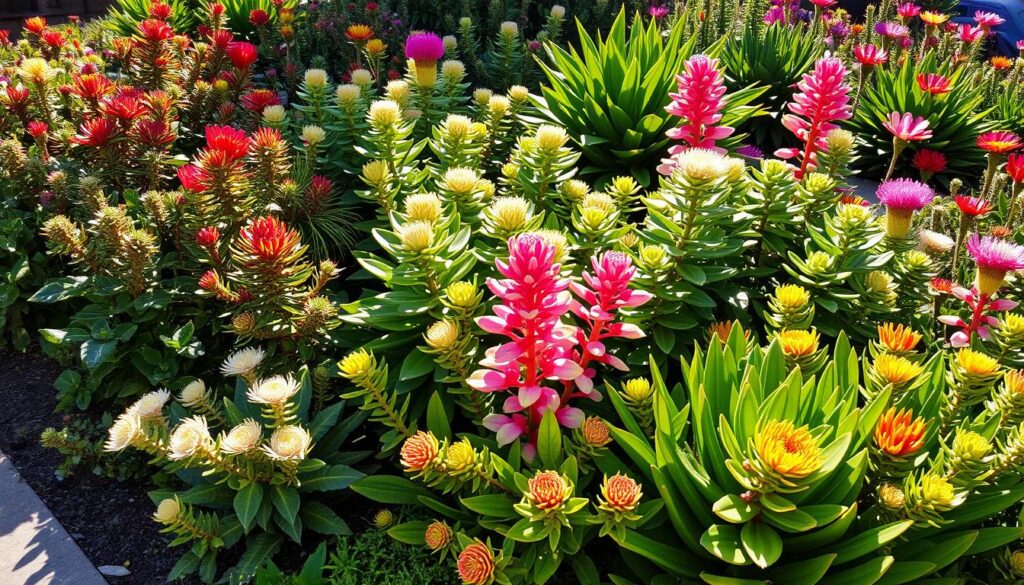
Drought Resistance and Low Maintenance
Euphorbia care is easy because these plants are very hardy. With over 2,000 types, they do well in many climates. They need little care, making them great for busy gardeners.
- They save a lot of water
- They can handle tough weather
- They don’t need much pruning
- They grow well in zones 5-11
Pest and Disease Resistance
Euphorbia plants help protect your garden from pests and diseases. They naturally keep pests away and fight off diseases. This means you can enjoy gardening without using many chemicals.
Unique Aesthetic Appeal
Ornamental euphorbia is known for its amazing looks. They come in many shapes and colors. They add beauty to your garden with:
- Colors like yellow, red, pink, and white
- Interesting shapes
- Eye-catching bracts
- They attract bees and butterflies
“Euphorbias are nature’s sculptural masterpieces, turning gardens into living art galleries.” – Garden Design Expert
Euphorbia plants are great for saving water and adding beauty to your garden. They are easy to care for, making them a smart choice.
Choosing the Right Euphorbia for Your Space
Choosing the right euphorbia plant is important. You need to think about your garden’s unique features. Knowing your local environment is key for the best care and health of your plant.
Determining Your Climate Zone
Euphorbia plants can grow in many climates. They are found in USDA hardiness zones 4-11. This means you can find a euphorbia for almost any garden.
When picking a euphorbia, consider these important factors:
- Check your specific USDA hardiness zone
- Select varieties matching your local temperature ranges
- Identify cold-tolerant or heat-resistant species
Considering Sunlight Requirements
Most euphorbias love full sun, needing 6-8 hours of direct sunlight. This light makes their leaves bright and helps them grow strong. Some, like Euphorbia amygdaloides, can handle less light.
| Euphorbia Type | Sun Preference | Recommended Zones |
|---|---|---|
| Euphorbia Martinii | Full Sun | 6-9 |
| Euphorbia Myrsinites | Full Sun/Partial Shade | 4-9 |
| Euphorbia Characias | Full Sun | 7-10 |
Assessing Soil Type
Euphorbias like well-draining, sandy or slightly alkaline soils. Knowing your soil type is crucial for their care. Good drainage prevents root rot and helps them grow well.
“The right soil is the foundation of a thriving euphorbia garden.” – Gardening Expert
By looking at your climate, sunlight, and soil, you can pick the perfect euphorbia for your garden.
Best Practices for Planting Euphorbia
Learning how to plant euphorbia is key to their care. These plants need special attention for them to grow well and look great in your garden.
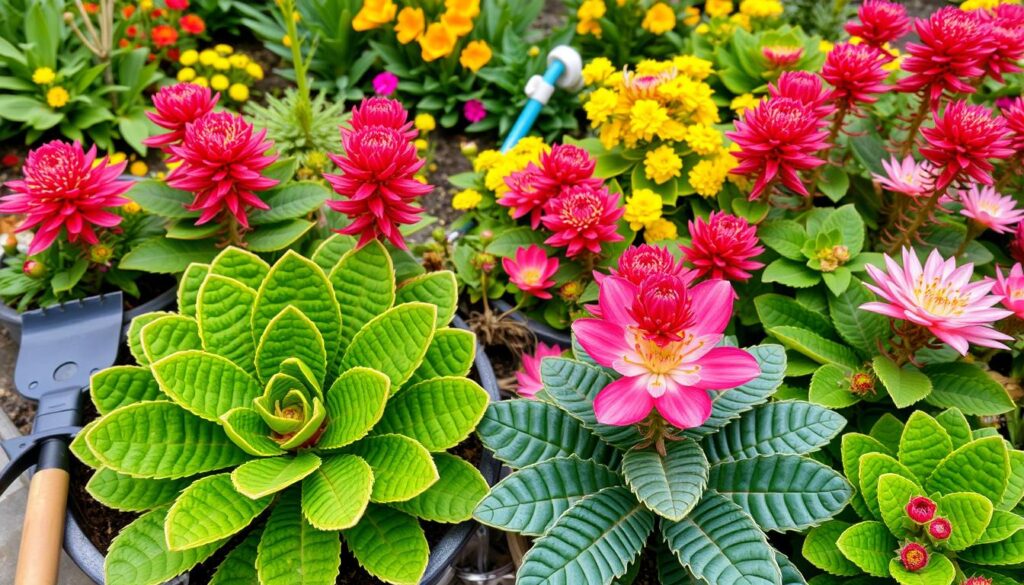
Timing Your Planting for Success
Choosing the right time to plant euphorbia is important. Planting at the best times can help your plants grow strong and healthy.
- Fall: Allows robust root establishment before winter
- Early Spring: After ground temperature warms
Preparing Your Garden Bed
To create the perfect spot for your euphorbia, you need to prepare the bed well. Here are some important steps:
- Ensure excellent drainage
- Add organic compost to enrich soil
- Select a location with adequate sunlight
“The secret to successful euphorbia care lies in understanding their unique growing requirements.” – Gardening Expert
Spacing Your Euphorbia Plants
Spacing is key for euphorbia plants to grow well. Different types spread differently, so follow these tips:
- Small varieties: 1-2 feet apart
- Larger varieties: 2-3 feet apart
When planting, keep the soil depth the same as the pot. Water well after planting. Always wear gloves to avoid the plant’s sap, which can irritate skin.
Watering Guidelines for Euphorbia Plants
Learning how to care for euphorbia plants means knowing their water needs. These plants are great for those who want easy-to-care-for plants. They can handle dry conditions well.
Watering is key to keeping your euphorbia plant alive. These plants can handle tough conditions better than many others.
Understanding Water Needs
Euphorbia plants can store water, helping them survive in harsh places. How you water depends on a few things:
- Plant variety
- Local climate conditions
- Soil drainage
- Seasonal changes
Signs of Watering Challenges
It’s important to know when your euphorbia plant needs more or less water. Here’s a guide to help you spot problems:
| Condition | Signs | Recommended Action |
|---|---|---|
| Overwatering | Yellowing leaves, soft stems, root rot | Reduce watering frequency, improve drainage |
| Underwatering | Wilting, crispy leaves, stunted growth | Increase watering slightly, check soil moisture |
Pro tip: For most euphorbia varieties, it’s better to underwater than overwater. Allow the soil to dry completely between waterings.
“In the world of euphorbia plants, less is often more when it comes to water.” – Garden Experts
Watering needs differ by euphorbia type. For example, Euphorbia Nivulia Cristata needs 0.5 cups of water every 12 days in a 5″ pot, away from direct sunlight.
Remember, your euphorbia’s water needs change with the seasons. In winter, many types need even less water because they’re dormant.
Fertilizing Euphorbia: What You Need to Know
Euphorbia care is all about the right touch with fertilization. These plants don’t need much, making them easy to care for. Knowing what they need helps keep them looking their best.
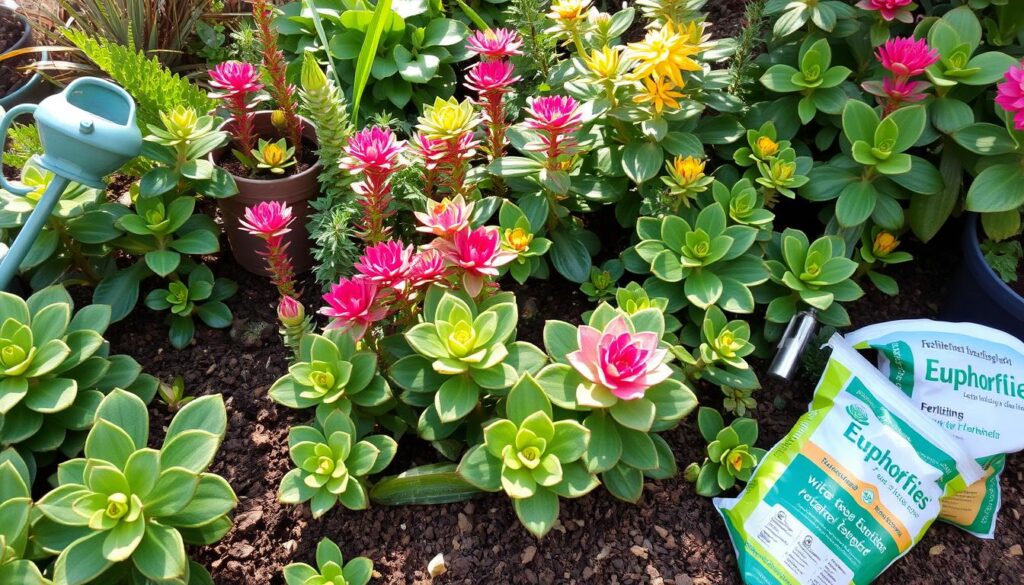
Most euphorbias do well with little food, even in poor soil. Your care should aim for just enough to keep them thriving.
Types of Fertilizers Suitable for Euphorbia
Here are some good choices for your euphorbia plants:
- Balanced liquid fertilizer at half strength
- Water-soluble plant food for succulents
- Low-nitrogen NPK fertilizer (5-10-5 ratio)
When and How to Fertilize
Timing is key in caring for euphorbias. Here’s when and how to feed them:
- Feed during the growing season (spring and early summer)
- Give fertilizer every four weeks, but at half strength
- Stop feeding in fall and winter when they’re dormant
“The key to successful euphorbia care is understanding that less is more when it comes to nutrition.” – Succulent Gardening Expert
Warning signs that your euphorbia needs fertilizer include:
- Yellowing lower leaves
- Noticeably slowed growth
- Pale or lackluster plant appearance
Euphorbias are tough plants that like to be left alone. Your job is to give them just enough food for growth without overdoing it.
Pruning and Maintenance of Euphorbia
Euphorbia care needs careful attention to pruning and maintenance. These plants require special techniques to stay healthy and grow well. Knowing how to prune helps keep your euphorbias looking great and growing strong.
It’s important to protect yourself when tending to euphorbias. Their milky sap can irritate your skin. So, always wear gloves and long sleeves. Use sharp, clean tools for precise cuts and to avoid disease.
Seasonal Pruning Tips
Timing is key for pruning euphorbias. Here are some important tips:
- Prune during the dry season for best health
- Remove damaged stems in early spring
- Cut back spent flower stems to promote new growth
- Trim every three to four years for Euphorbia tirucalli
Removing Dead or Infected Growth
It’s crucial to spot and remove bad plant parts. Watch for these signs:
- Yellowing or browning leaves
- Soft or mushy stem sections
- Visible pest damage
- Signs of fungal infection
“Quickly removing diseased parts can save your euphorbia collection from infection.”
| Pruning Tool | Best Use | Recommended For |
|---|---|---|
| Bypass Loppers | Precision Trimming | Large Euphorbia Varieties |
| Sharp Pruning Shears | Detailed Cutting | Smaller Euphorbia Species |
| Protective Gloves | Skin Protection | All Euphorbia Maintenance |
Remember, each euphorbia type has its own pruning needs. Always check your specific plant for the best care tips.
Common Euphorbia Diseases and Pests
Keeping your euphorbia plants healthy means being proactive about potential problems. These plants are tough but can still face issues. Knowing about common pests and diseases helps keep your garden thriving.
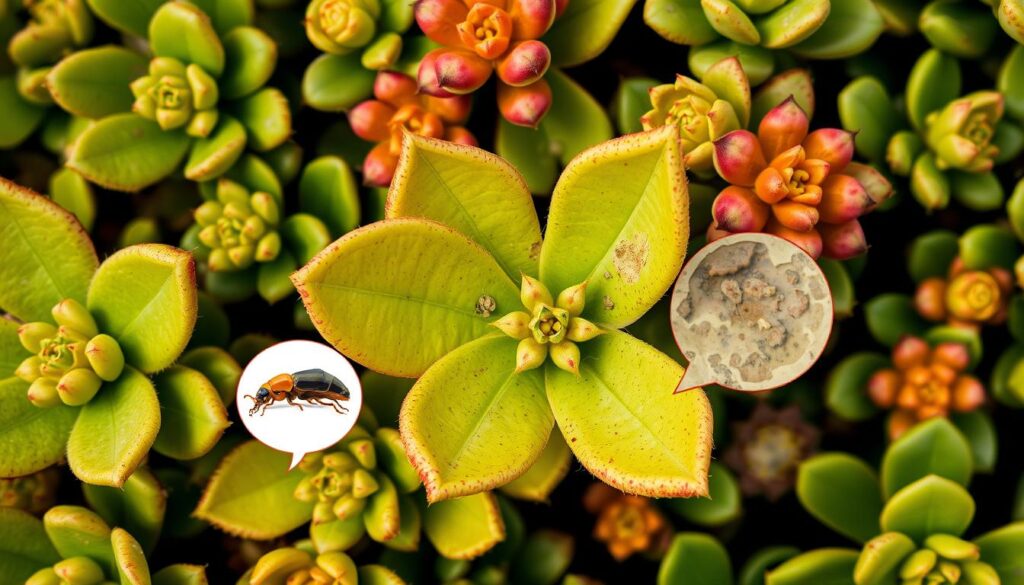
Identifying Common Pests in Euphorbia
Watch out for these pests that can harm your euphorbia:
- Spider Mites: Look for tiny webs on Euphorbia Amygdaloides
- Aphids: These small bugs leave a sticky mess on plants
- Mealybugs: White, fuzzy bugs hide on plant surfaces
Preventative Measures Against Plant Diseases
Protect your euphorbia with smart care and watchful eyes. Here are key steps to prevent problems:
- Ensure good air flow to stop fungi
- Keep humidity between 40-50%
- Check plants often for pests
“Prevention is always better than cure in euphorbia care.” – Professional Gardener
For pests, try natural fixes like insecticidal soap or neem oil. Ladybugs are great for controlling pests too.
Root rot is a big worry for euphorbia. Look for signs like slow growth, weak leaves, and soft, dark roots. If you find it, remove the plant, cut bad roots, and replant in new soil.
Creating a Stunning Euphorbia Arrangement
Designing a beautiful garden with ornamental euphorbia plants is both creative and strategic. These plants add unique textures and shapes, making any landscape visually stunning.
When setting up your euphorbia arrangement, keep these design tips in mind:
- Play with color contrasts and plant combinations
- Think about plant height and spread
- Use different euphorbia species for interest
- Choose plants that grow well together
Pairing Euphorbia with Complementary Plants
Good euphorbia designs come from smart plant pairings. The right companions can make your euphorbia plants stand out.
| Euphorbia Variety | Recommended Companion Plants | Growing Zone |
|---|---|---|
| Euphorbia characias | Lavender, Rosemary, Salvias | 6-9 |
| Euphorbia ‘Ascot Rainbow’ | Red Valerian, Catmint | 7-10 |
| Euphorbia amygdaloides | Ferns, Hellebores | 5-9 |
Designing a Euphorbia-Centric Landscape
To make a captivating euphorbia garden, mix variety, texture, and placement. Use different heights, colors, and growth patterns for a dynamic garden.
“A well-designed euphorbia garden is like a living sculpture, constantly changing yet maintaining its structural elegance.” – Garden Design Expert
Most euphorbia plants love full sun to partial shade and well-draining soil. Knowing what each plant needs helps you create a beautiful, easy-to-care-for landscape.
Propagating Euphorbia Plants
Euphorbia propagation can change your gardening world. It’s a fun way to grow more of your favorite plants. Whether you’re new or experienced, learning how to propagate euphorbia will boost your plant collection.
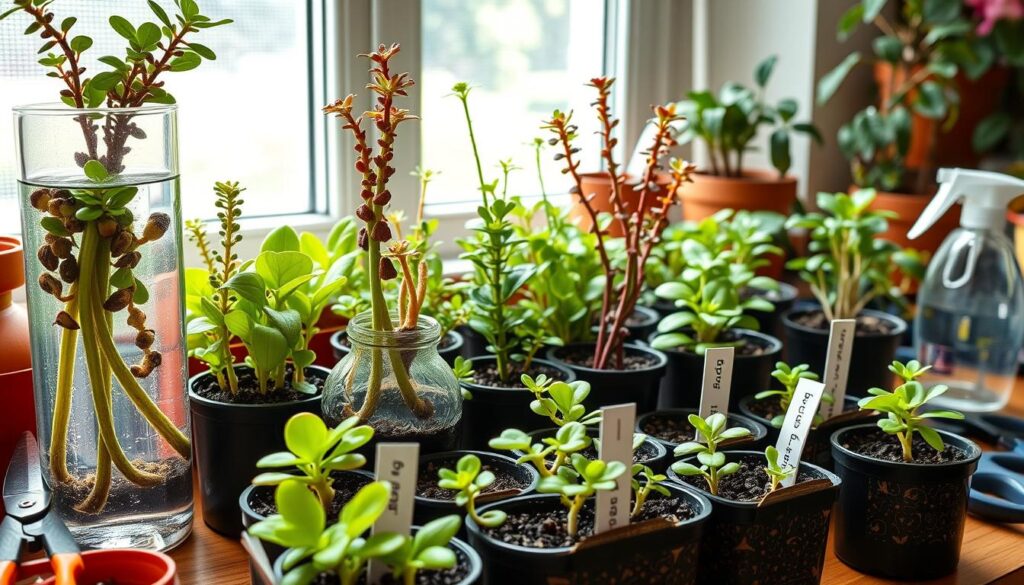
There are many ways to grow euphorbia plants. Each method needs special care and conditions for success.
Methods of Propagation
- Stem Cuttings: The most popular method of euphorbia propagation
- Root Divisions: Best for mature, clustered plants
- Seed Germination: Requires more patience and specific conditions
Tips for Successful Propagation
Here are key tips for euphorbia propagation:
- Always wear protective gloves when handling euphorbia cuttings
- Allow cuttings to dry for 2-3 hours before planting
- Choose spring or early summer for optimal propagation
- Use well-draining potting mix
“Success in euphorbia propagation is about patience and precision.” – Professional Gardener
Stem cuttings usually grow roots in two to four weeks. They need bright, indirect light. The whole process takes four to six weeks. It’s important to keep the soil moist but not too wet.
Not every cutting will grow roots. So, prepare many to up your chances. With practice, you’ll get better at growing euphorbia.
Troubleshooting Euphorbia Plant Problems
Caring for euphorbia plants can be tricky when unexpected issues pop up. Knowing the common problems and how to fix them helps keep your plants healthy and vibrant. Whether it’s yellow leaves or plant stress, the right techniques can save your euphorbia.
Addressing Yellowing Leaves
Yellow leaves on euphorbia plants often mean there’s a problem. The main cause is usually bad watering. Yellow leaf tips usually mean you’re watering too much, which can harm the roots and the plant.
- Check soil moisture before watering
- Ensure proper drainage in plant containers
- Inspect roots for signs of decay
Managing Plant Stress
Euphorbia plants face stress from many environmental factors. It’s important to spot and fix these stressors to keep your plant healthy.
| Stress Factor | Symptoms | Solution |
|---|---|---|
| Inadequate Light | Leggy growth | Provide full sun to partial shade |
| Nutrient Deficiency | Lower leaves yellowing | Apply balanced liquid fertilizer |
| Pest Infestation | Weak stems, discoloration | Treat with appropriate pesticides |
“Successful euphorbia care is about understanding your plant’s unique needs and responding proactively.” – Botanical Expert
Keep a close eye on your plants and act fast to solve problems. Remember, each euphorbia type has its own needs. Always do your research on the specific type you have.
Euphorbia Plant Uses Beyond Aesthetics
Euphorbia plants are more than just pretty to look at. They add value to gardens, ecosystems, and even traditional practices.
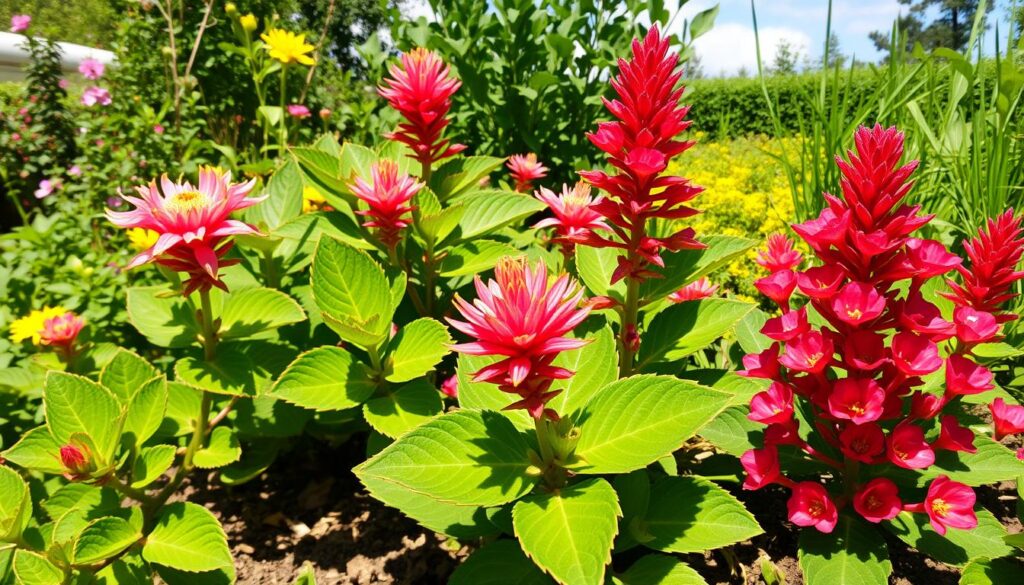
Medicinal Potential of Euphorbia
Your euphorbia plant is not just for looks. Many species have been used in medicine for centuries. But, be careful because their sap can be toxic.
- Wound treatment in traditional medicine
- Potential anti-inflammatory properties
- Antibacterial applications in folk healing
Landscaping Advantages of Euphorbia
Using euphorbia plants in landscaping has many benefits. They are tough and make outdoor spaces better.
- Exceptional drought tolerance
- Natural deer resistance
- Attraction of pollinators like butterflies
“In the garden, euphorbia plants are not just decorations, but living ecosystems that support biodiversity and sustainable landscaping.”
Euphorbia plants can do many things. They can make your garden look great and help local wildlife. They are great for groundcover, rock gardens, or as a main attraction.
Caring for Euphorbia in Different Seasons
Euphorbia care needs a special plan for each season. Knowing how to protect these plants in winter and get them ready for spring is key. This ensures they stay healthy and strong.
Winter Protection Strategies
In winter, your euphorbia plants need extra care. Indoor euphorbias do best in temperatures between 60°F to 75°F. Here are important tips for their care:
- Reduce watering to every 2-4 weeks
- Place plants near south or west windows
- Keep humidity levels low
- Use low-nitrogen fertilizers carefully
Spring Revitalization Techniques
When winter ends and spring starts, your euphorbia needs special care. Look for signs like:
- New shoots growing
- Leaf colors coming back
- The plant becoming more active
“Successful euphorbia care is about understanding the plant’s seasonal rhythms and adapting your approach accordingly.” – Botanical Expert
Slowly move your euphorbia outside, making sure it adjusts well. Trim any winter damage and get ready for the growing season. Your careful care will help your euphorbia flourish all year.
Common Misconceptions About Euphorbia
Exploring euphorbia plants can lead to many myths and misunderstandings. Knowing these misconceptions helps you care for your euphorbia better.
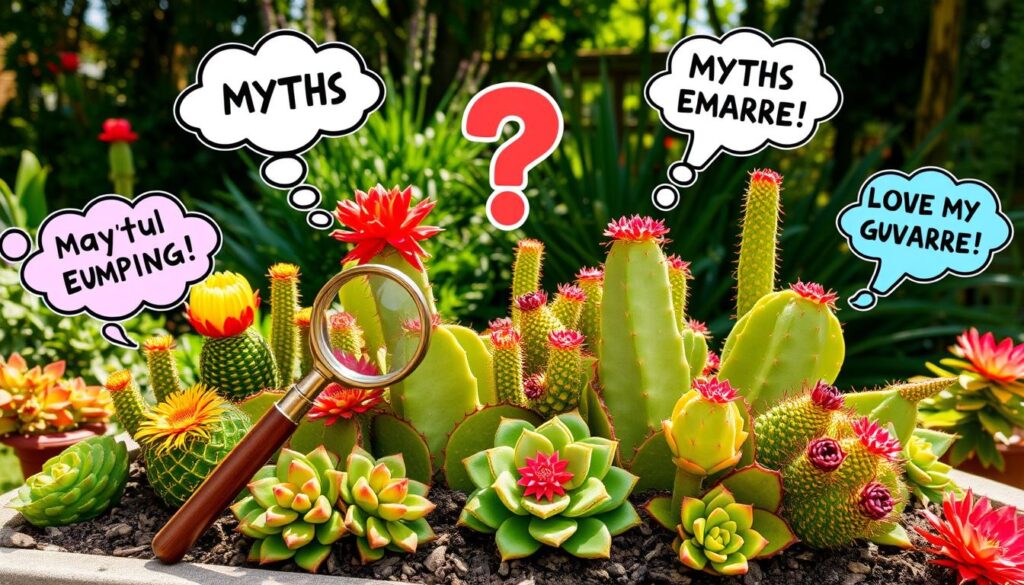
Many think euphorbia plants are only succulents or cacti. But, this genus includes many different types of plants.
Debunking Myths Surrounding Euphorbia
- Not all euphorbias look like cacti or succulents
- The plant variety spans multiple growth patterns
- Euphorbia species differ significantly in appearance and requirements
Understanding Toxicity Risks
Euphorbia toxicity is a big misconception. While its sap can irritate skin, not all species are dangerous. Taking the right precautions can reduce risks.
| Euphorbia Toxicity Level | Handling Precautions |
|---|---|
| Mild Irritation | Wear protective gloves |
| Moderate Risk | Avoid skin contact with sap |
| High Risk | Keep away from children and pets |
Always prioritize safety when working with euphorbia plants. Wear long sleeves, gloves, and protective eyewear to avoid skin or eye irritation from the sap.
“Knowledge is the best protection when dealing with euphorbia toxicity.” – Botanical Garden Expert
Understanding common misconceptions about euphorbia plants helps you garden with confidence. This ensures a safe and enjoyable experience with these unique plants.
Resources for Euphorbia Enthusiasts
Exploring the world of euphorbia plants is thrilling for garden lovers. Whether you’re new or have lots of experience, the right tools can make caring for euphorbias better.
To learn more about euphorbias, you need good info and friends who love plants. Here are some tips to make you more confident in caring for euphorbias.
Recommended Books for Euphorbia Lovers
- Classic Guides:
- “Euphorbias: A Gardener’s Guide” by Roger Turner
- “Succulent Container Gardens” by Debra Lee Baldwin
- “The Xerophyte Encyclopedia” by Mark Dimmitt
Online Resources and Websites
| Website | Focus Area |
|---|---|
| Royal Horticultural Society | Comprehensive Plant Database |
| Desert Botanical Garden | Succulent and Euphorbia Cultivation |
| International Euphorbia Society | Species Information and Conservation |
Gardening Communities and Networks
Talking to other euphorbia fans can give you great tips on care. Here are some places to connect:
- Facebook Groups for Succulent Lovers
- Reddit’s r/Euphorbia Subreddit
- Local Botanical Garden Workshops
- State Gardening Associations
“Knowledge shared is knowledge multiplied” – Gardening Proverb
Every euphorbia journey is special. These resources are just the start to growing your knowledge in euphorbia care.
Conclusion: Your Journey with Euphorbia
Exploring the euphorbia plant opens a world of wonder in your garden. Each care technique you learn makes your garden strong and beautiful. From the tall Candelabra Tree to the small Euphorbia obesa, these plants add variety to your garden.
Learning about euphorbia plants helps you create a thriving garden. They are great for gardens that need little water or for those who love unique plants. Their slow growth and survival skills make them easy to care for.
Keep learning and caring for your euphorbias. Watch them grow and thrive. With the right care, your garden will be a showcase of beauty and resilience.

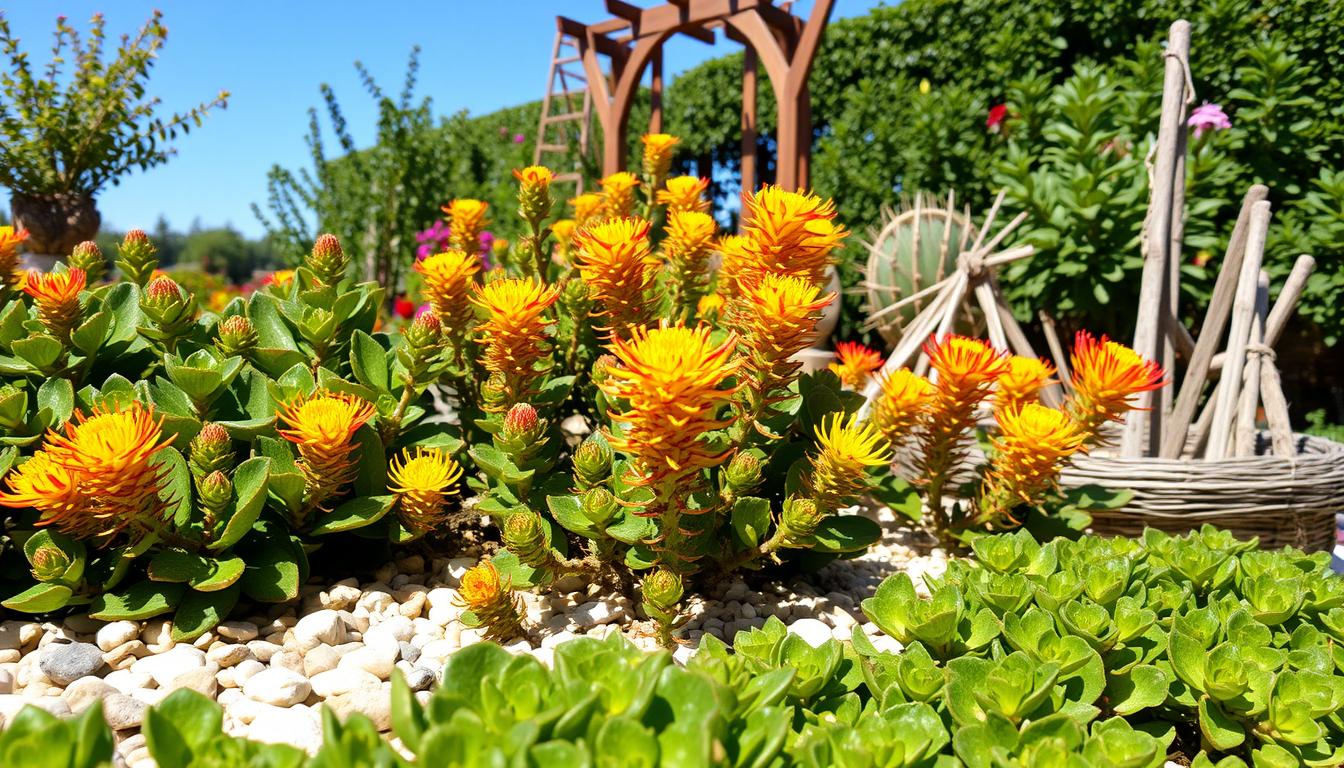


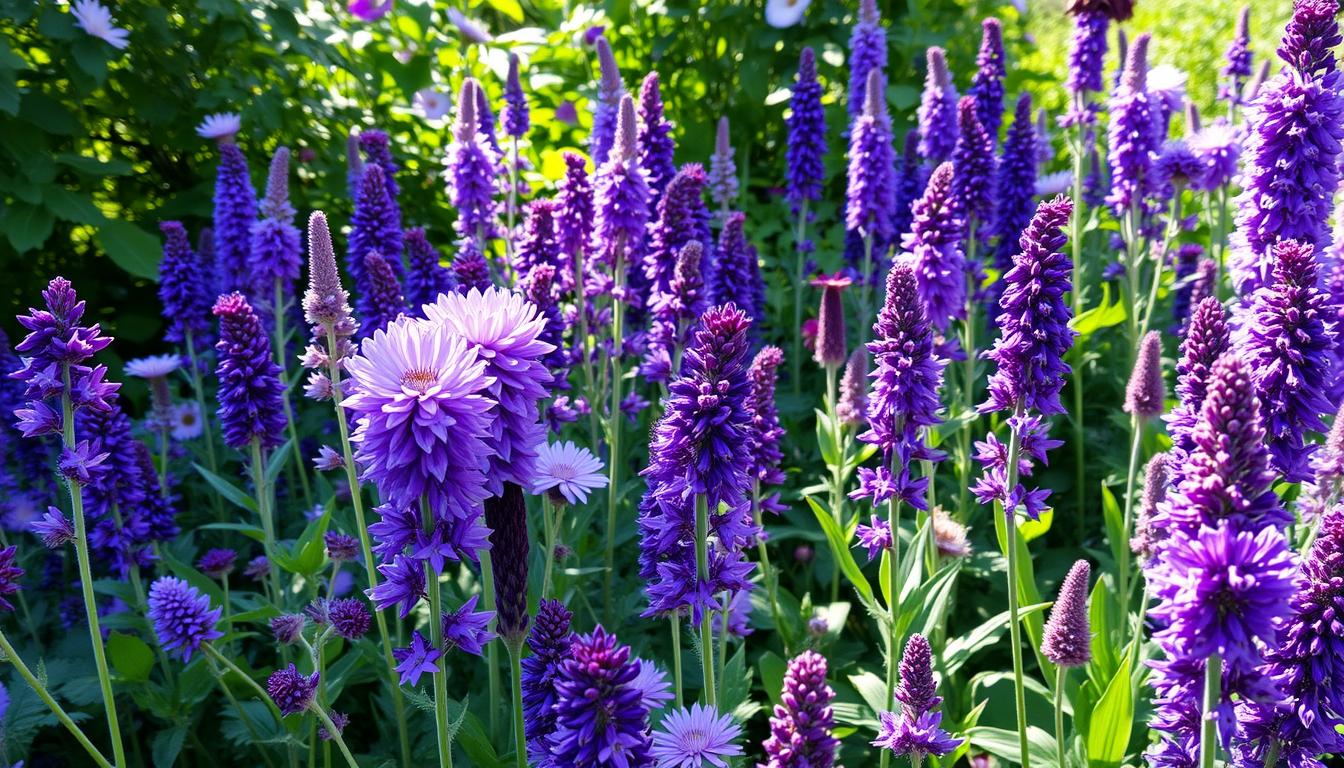
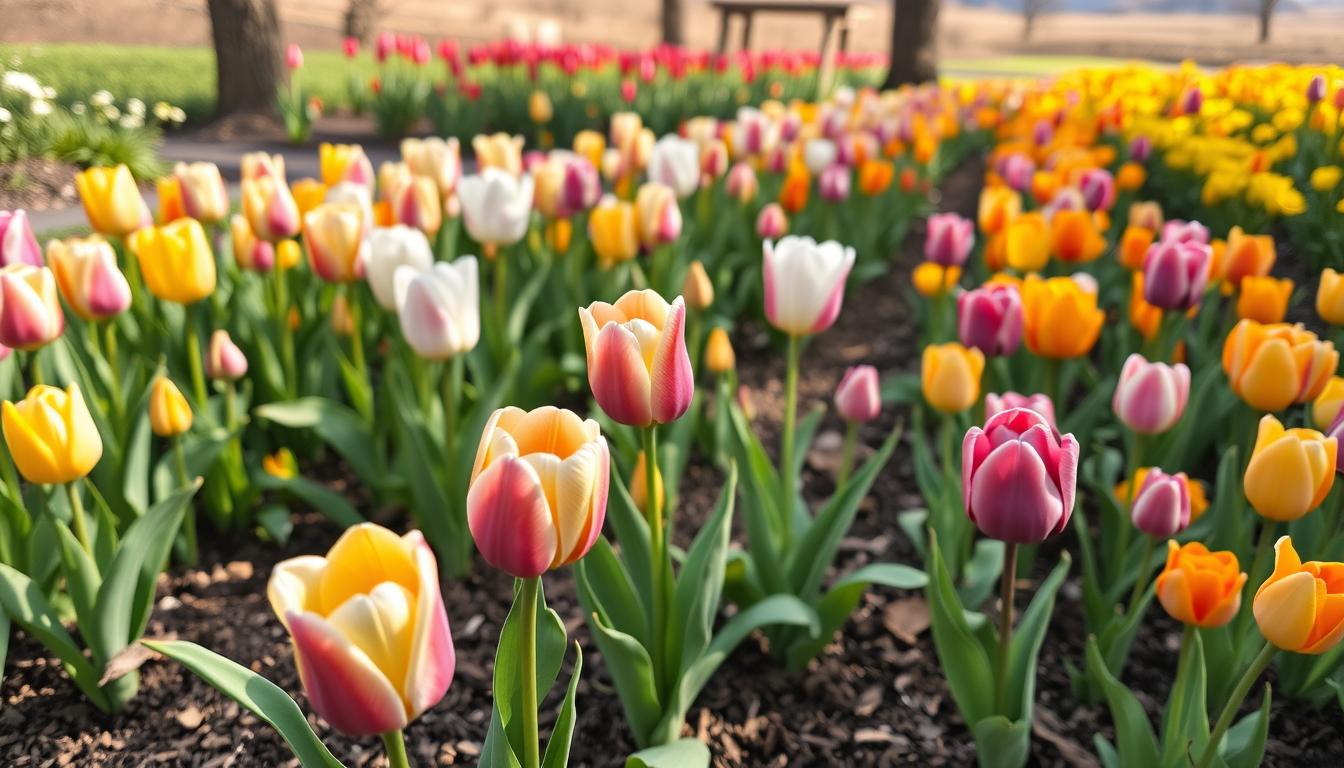
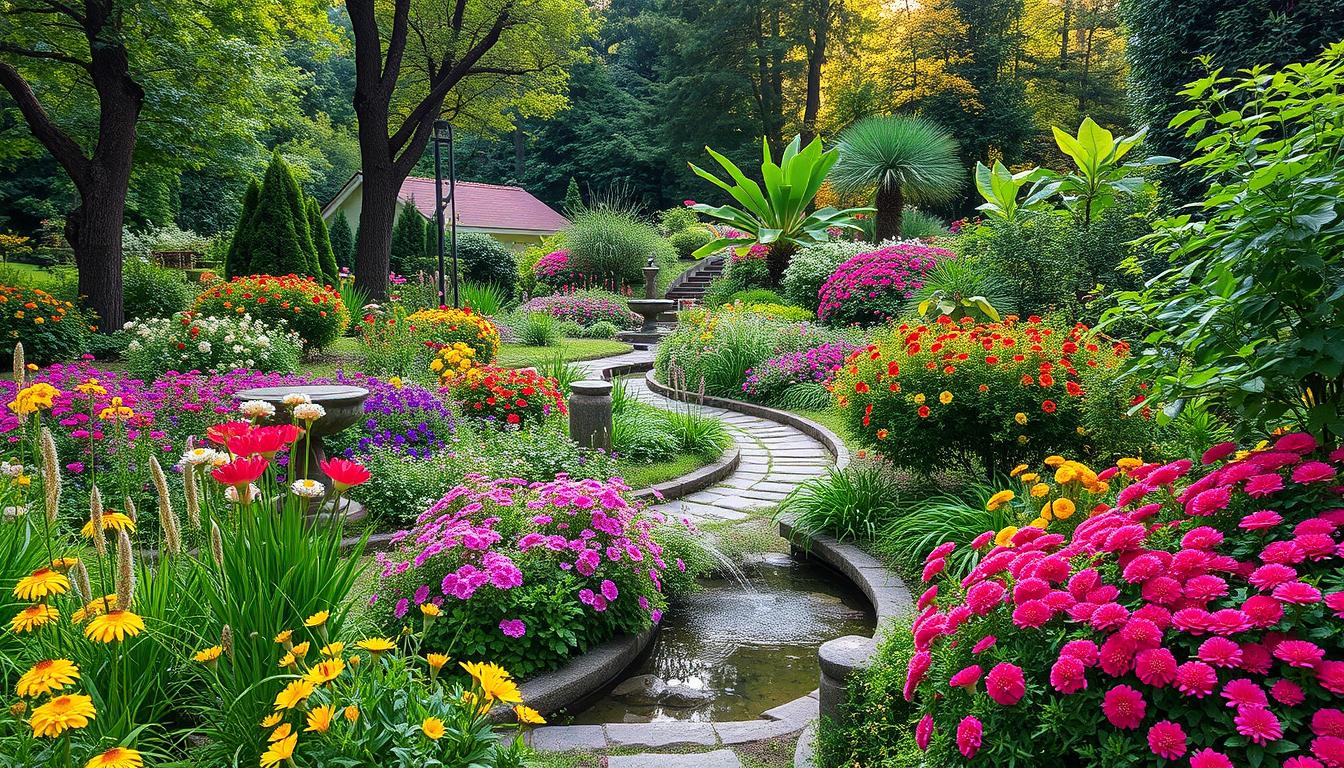
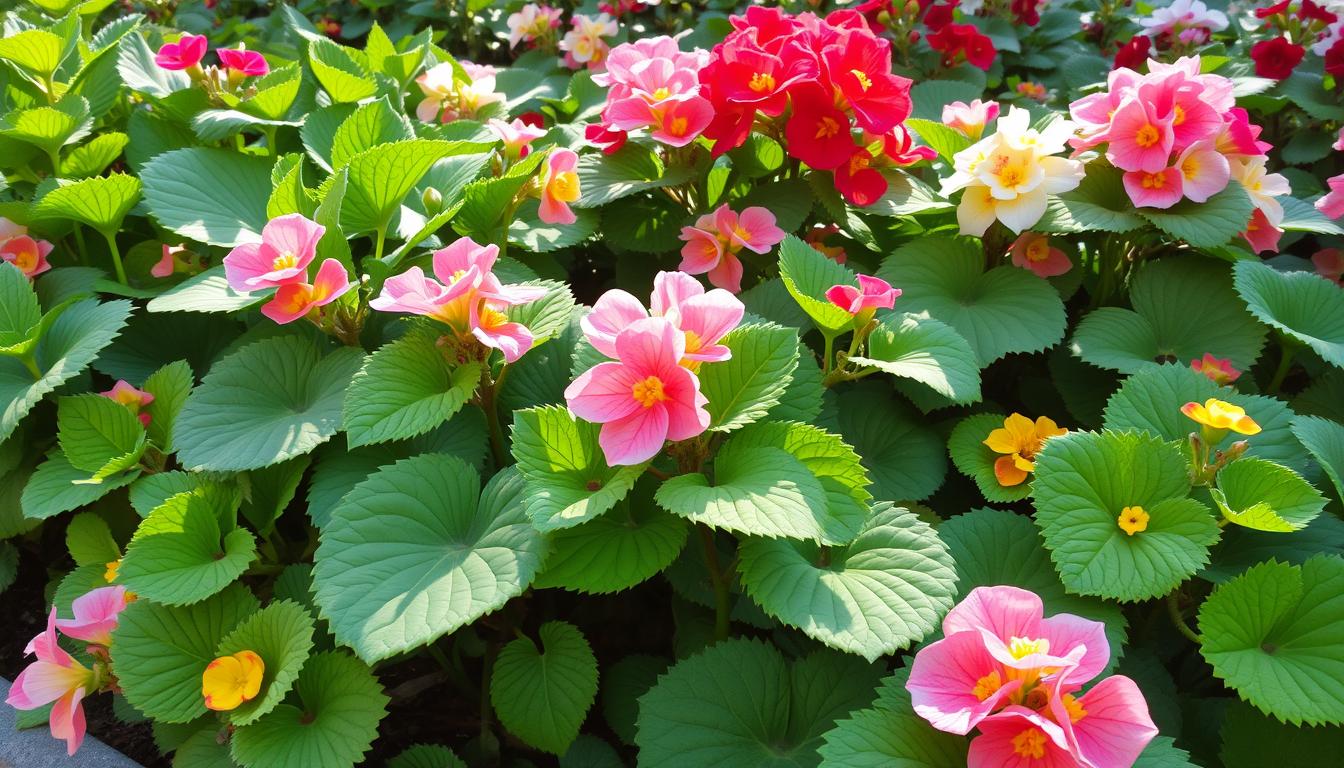
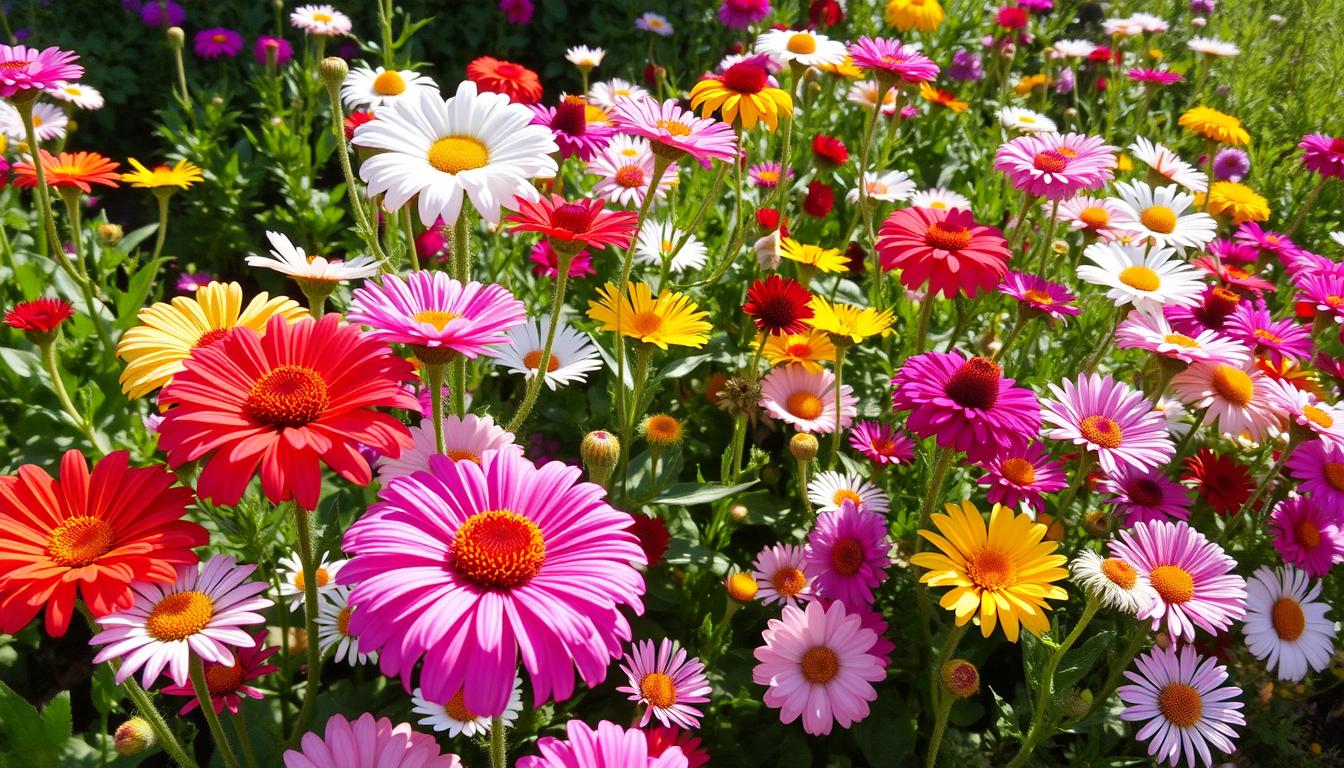
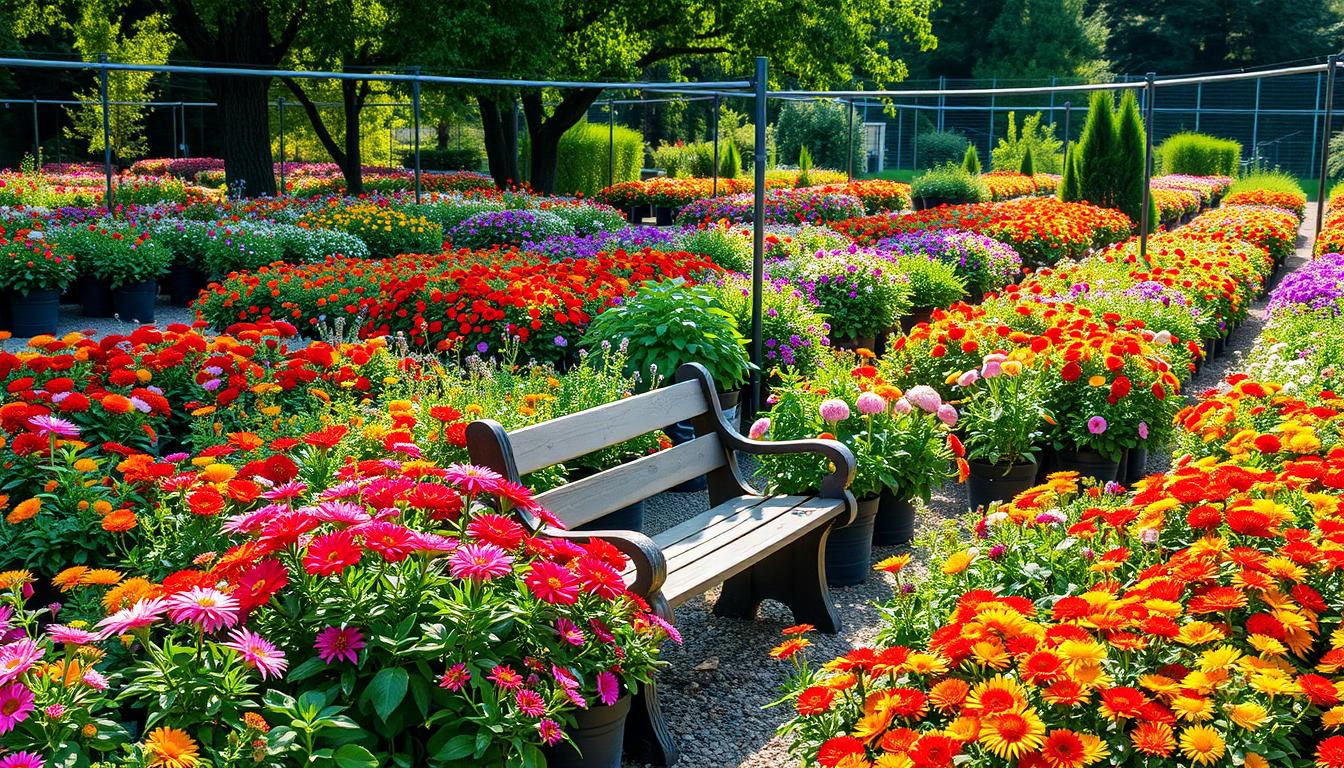
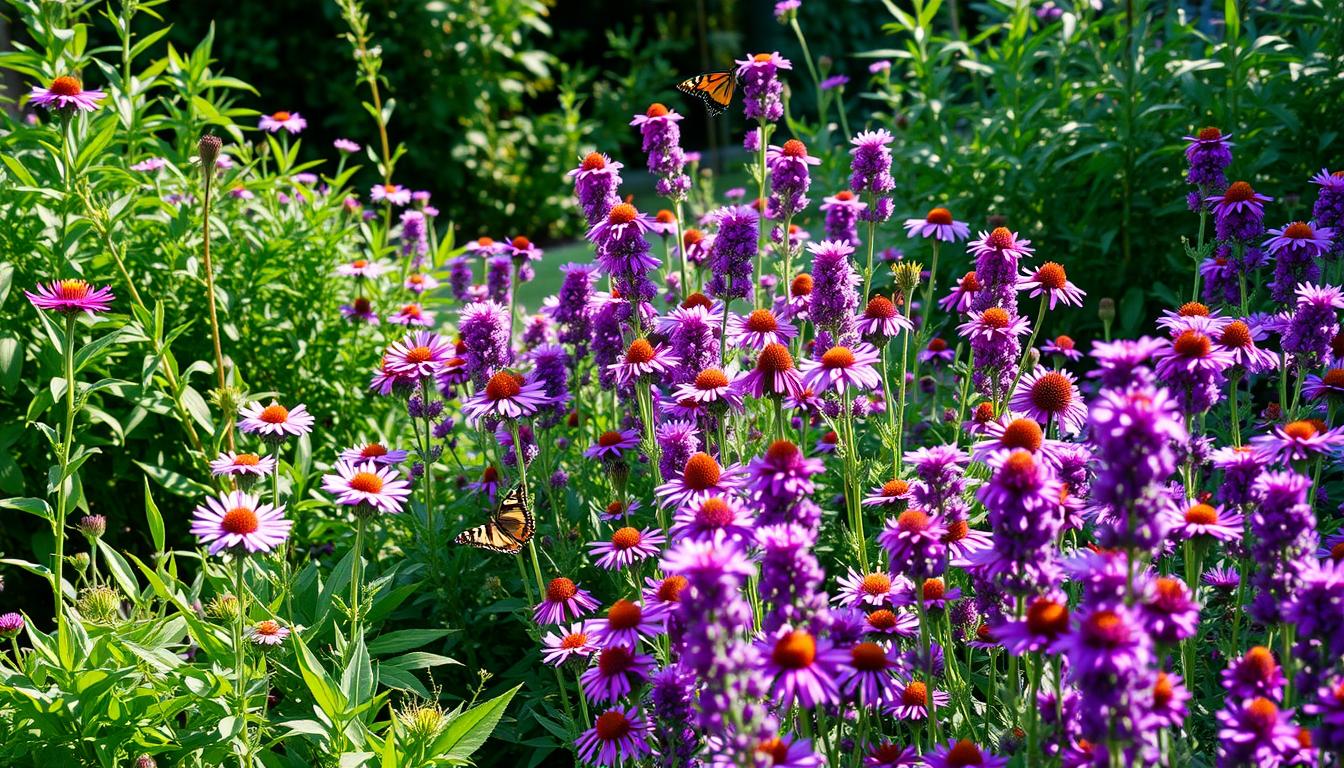
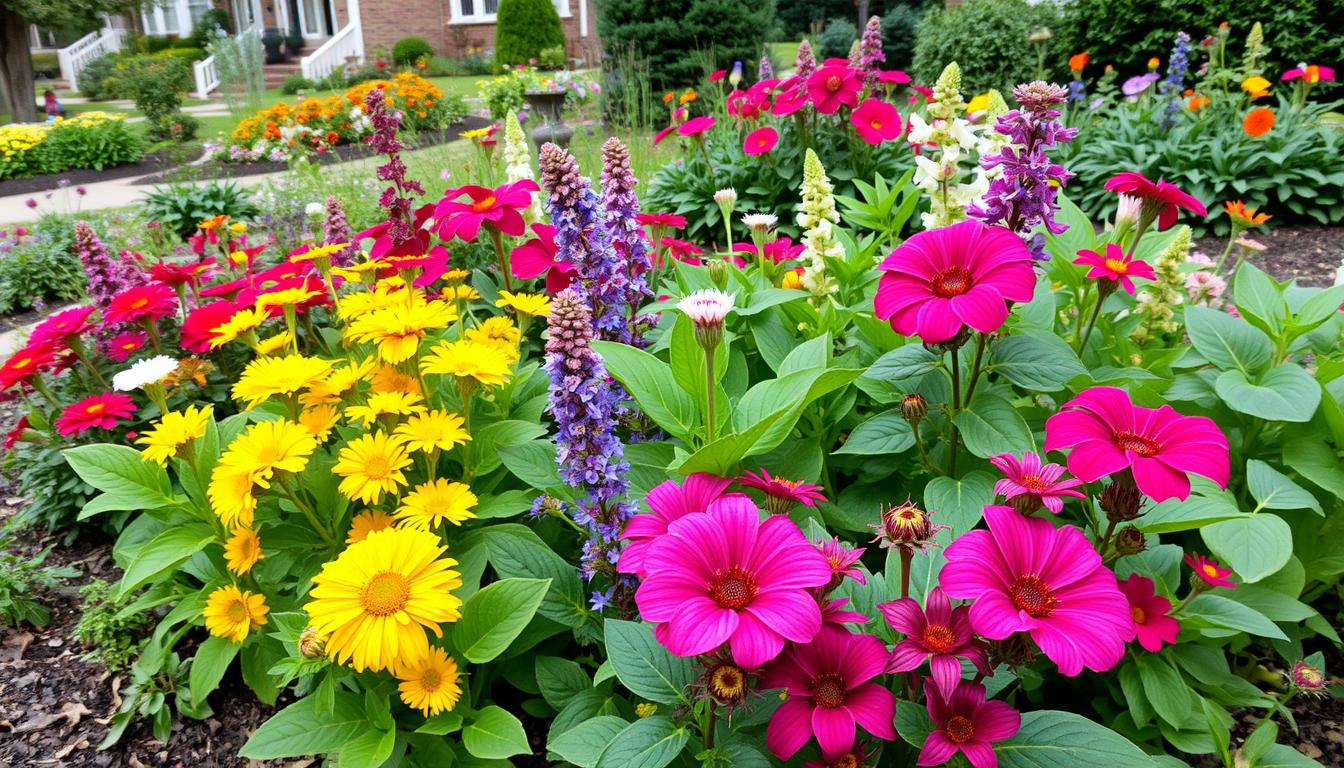
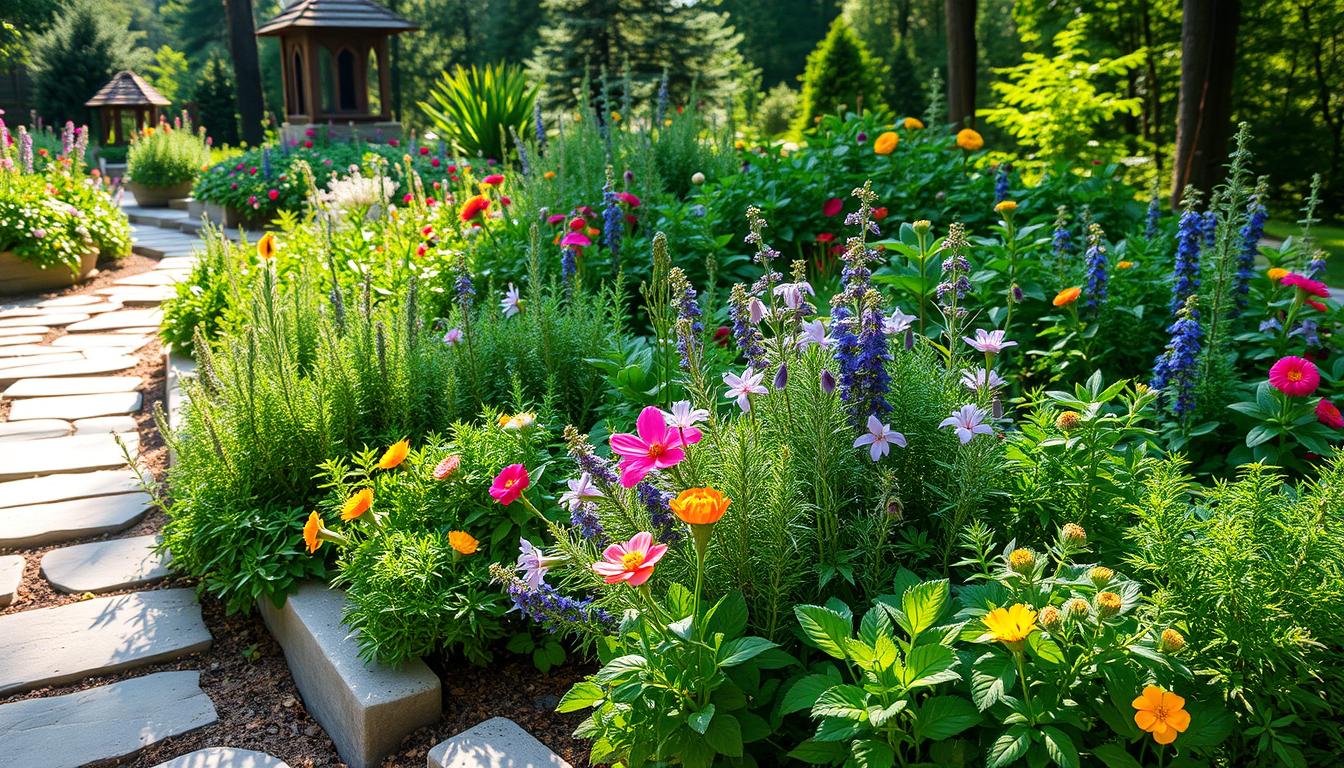
Strawberries thrive in full sun, so it’s important to plant them in a spot that gets 6-8 hours of direct sunlight daily. A south-facing location is ideal for providing the optimal growing conditions for healthy, productive strawberry plants.
Everbearing strawberry plants offer a great way to enjoy fruit throughout the season. These varieties produce 2-3 harvests each year, allowing you to enjoy fresh strawberries for a longer period, making them a perfect choice for gardeners who want a continuous supply of delicious fruit.
This low-growing, spreading plant is a fantastic ground cover that enhances your yard with its lush appearance. Unlike traditional grass, it offers many advantages, including reduced maintenance and better soil coverage. Growing 1-3 feet tall and spreading 18-24 inches, it creates a vibrant, carpet-like effect in your landscape.
Vines from the CONVOLVULACEAE family, like morning glories, are popular among gardeners for their rapid growth and vibrant colors. These climbing and trailing plants are perfect for adding beauty and texture to any garden, especially when used for covering trellises or fences.